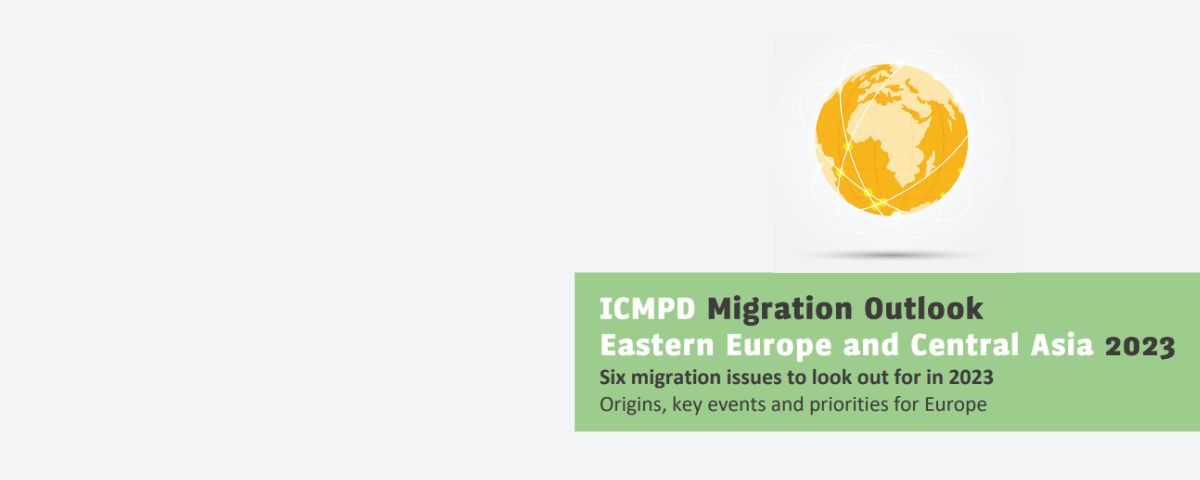Prague Process Senior Officials' Meeting 2023: Launching the Fourth Phase of Cooperation

On 27-28 April 2023, Portugal and the Czech Republic in its capacity as Prague Process Chair hosted the Prague Process Senior Officials’ Meeting (SOM) in Lisbon. The SOM officially launched the fourth phase of the Prague Process cooperation, following the adoption of the Ministerial Declaration and the Prague Process Action Plan 2023-2027 in October 2022. The meeting gathered 60 officials from 27 countries, the European Commission, EUAA, IOM and ICMPD.
The first session centred on current migration policy goals and international cooperation objectives. These discussions built upon the outcomes of the Questionnaire on national priorities disseminated in December 2022. Key areas of interest included combating irregular migration and migrant smuggling, promoting readmission, voluntary return, sustainable reintegration, strengthening asylum and international protection capacities, and addressing legal migration and labour mobility. Nonetheless, several states also underlined the continued importance of the remaining two thematic areas – namely, on migration and development, as well as integration.









